The US Polymer Nanocomposites Market is a dynamic sector characterized by innovative materials integration, advancing production technologies, and a surge in applications across various industries such as automotive, aerospace, electronics, and packaging. The competitive landscape is shaped by several key players who leverage research and development to enhance product performance and meet the evolving demands of end-users.
Companies in this market are focused on developing new formulations and balancing cost-effectiveness with high-performance attributes. The ongoing trend of lightweight and high-strength materials is driving the market forward, spurring competition among established manufacturers and newcomers alike. This vibrant environment involves collaborations, partnerships, and acquisition strategies to bolster market presence and technological advancement, ensuring that firms are well-positioned to capture emerging opportunities in polymer nanocomposites.
BASF holds a significant position in the US Polymer Nanocomposites Market due to its robust product portfolio and commitment to technological innovation. Known for its comprehensive range of polymer additives and nanomaterials, BASF has developed advanced nanocomposite solutions that cater to the specific needs of various industries, including automotive and consumer goods.
The company's emphasis on sustainability and eco-friendliness bolsters its reputation, aligning with market trends favoring environmentally responsible materials. Furthermore, BASF's extensive distribution network and strong customer relationships enhance its market presence, allowing it to respond swiftly to customer demands while continuously investing in research to improve product properties.
Their strategic collaborations with other market participants also strengthen their competitive edge, making them a comprehensive player in the polymer nanocomposites arena.
Hexcel Corporation is another prominent entity in the US Polymer Nanocomposites Market, recognized for its high-performance composite materials that cater to aerospace, automotive, and industrial applications. The company specializes in manufacturing advanced composite materials and has established a broad portfolio of products that include prepregs, honeycomb cores, and advanced composite structures.
Hexcel's strength lies not only in its innovative materials but also in its commitment to research and development, which allows it to introduce cutting-edge technologies that enhance the performance and durability of its offerings. Additionally, Hexcel's strategic mergers and acquisitions have enabled it to expand its capabilities and market reach, further solidifying its position in the US sector.
The focus on sustainability and performance-driven solutions aligns with industry standards, making Hexcel a valuable competitor in the sophisticated landscape of polymer nanocomposites. Their efforts in building partnerships and keeping abreast with regulatory requirements also enhance their reliability as a supplier within the marketplace.



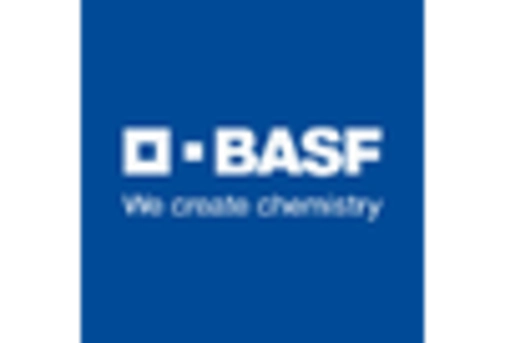
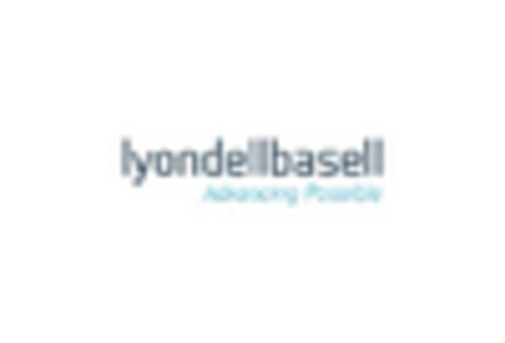
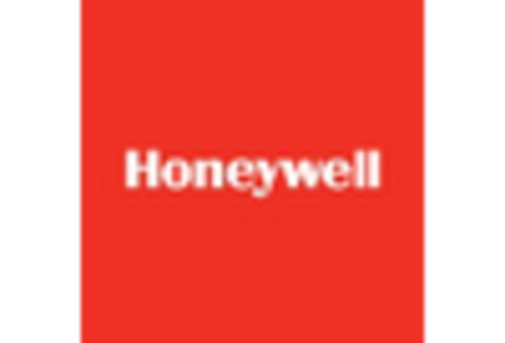

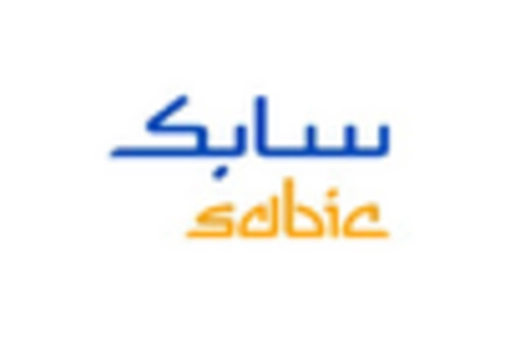
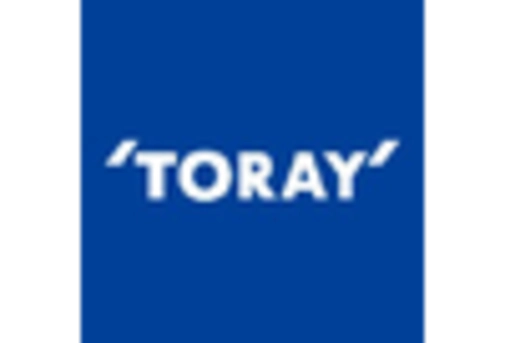
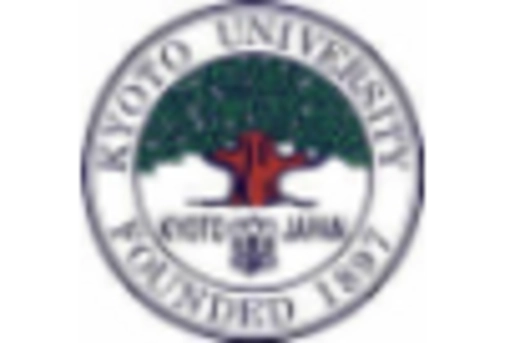
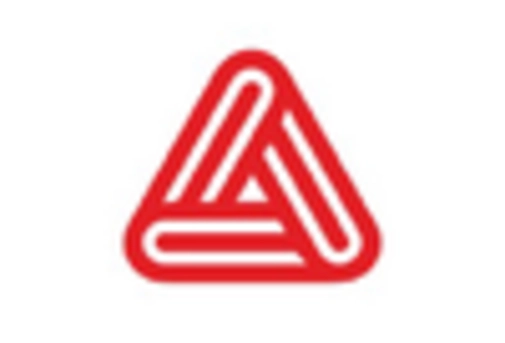








Leave a Comment